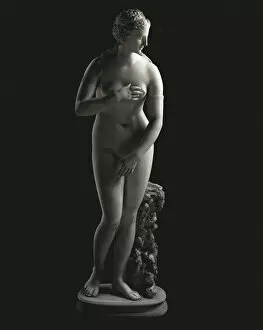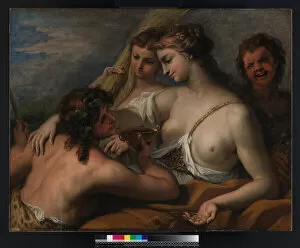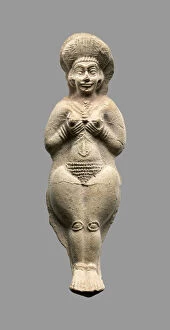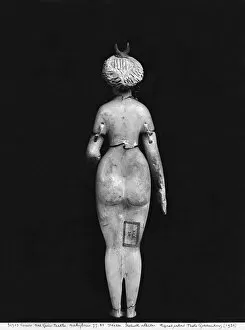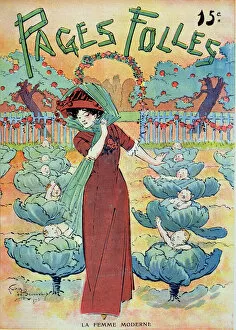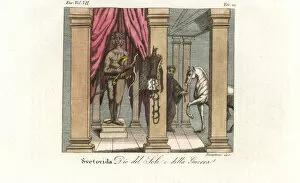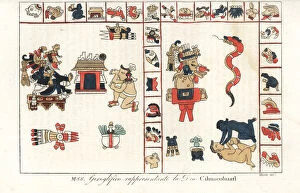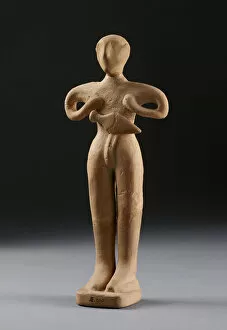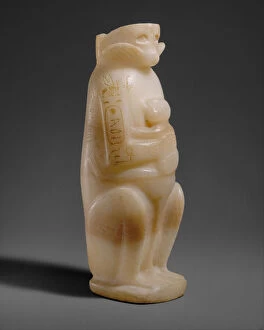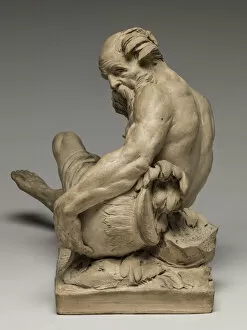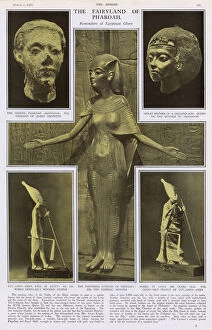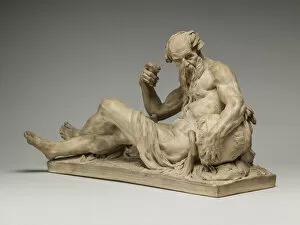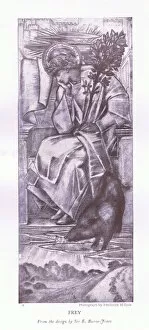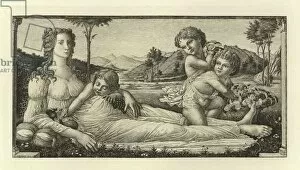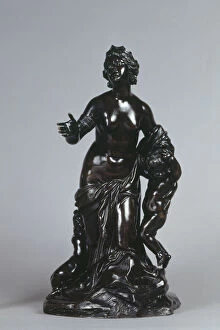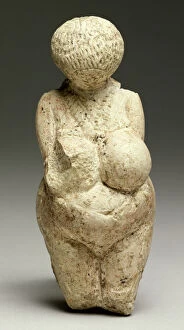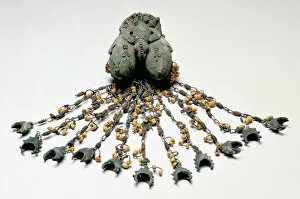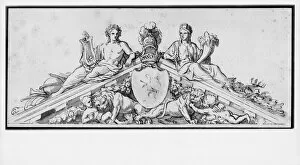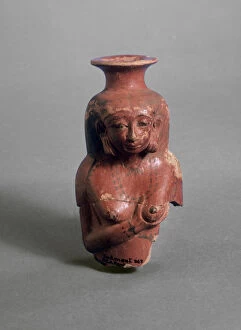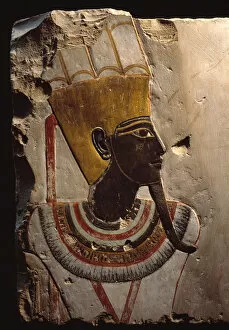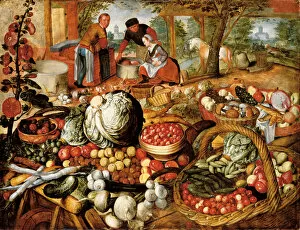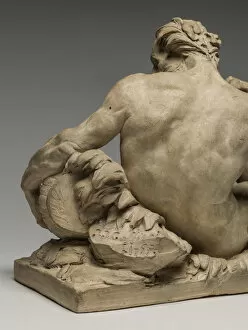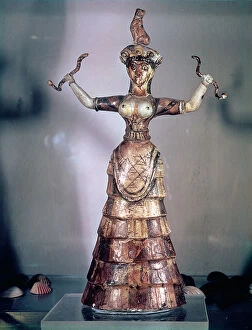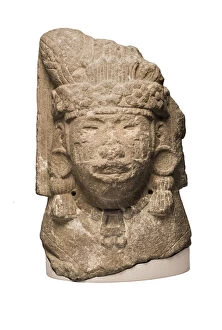Fertility Collection (page 7)
"Fertility: A Celebration of Life and Abundance" In the realm of art
For sale as Licensed Images
Choose your image, Select your licence and Download the media
"Fertility: A Celebration of Life and Abundance" In the realm of art, ancient Carthaginian sculptures like the Bust of goddess Tanit remind us of the deep reverence civilizations held for fertility. These masterpieces capture the essence of creation and growth, symbolizing the eternal cycle of life. As we step into modern times, even wrought iron porticos on entrance doors to places like Champagne Louis Roederer in Reims pay homage to this universal concept. They serve as a reminder that fertility is not limited to nature alone but also extends to our endeavors, where innovation and creativity flourish. Throughout history, temples have witnessed miracles associated with fertility. The Miracle Fire igniting within these sacred spaces reminds us that hope springs eternal when it comes to new beginnings and the gift of life. From Phrygian/Roman goddess Cybele's depiction in 1702 artwork to Nordic-Germanic goddess Freyr's representation in line engravings from the 19th century, mythology has long celebrated deities embodying fertility. Their presence serves as a testament to humanity's fascination with abundance and prosperity. In more recent times, institutions like Huddersfield Royal Infirmary have been recognized for their exceptional work in helping couples achieve their dreams of parenthood. Such achievements highlight how science and compassion come together harmoniously in shaping lives. Nature itself showcases its bountiful beauty across continents - from wildflowers adorning fencelines in Texas' vast landscapes to vibrant vineyard rows painting Tuscany's picturesque countryside. These scenes remind us that fertility knows no boundaries; it thrives wherever there is love and nurturing care. Even agricultural events like annual County Shows proudly display cattle representing vitality and fecundity at its finest. These gatherings celebrate not just livestock but also generations-old traditions rooted deeply in rural communities worldwide. Whether it be back roads winding through North America's wheat fields or Texas bluebonnets blooming along white fencelines, the Earth's abundance is a sight to behold.




